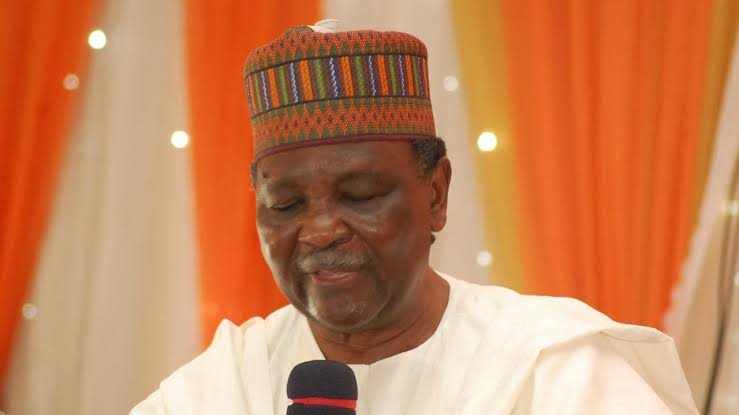The new capital concept versus reality
At the end of the Nigerian Civil War, General Yakubu Gowon, the then Head of State undertook a tour round the country to buttress the unity of Nigeria. He arrived the ancient Abuja town, now renamed Suleja in 1973. and was received by the Late Emir of Abuja, Suleimanu Barau of blessed memory. As primary […]

A former Head of States, General Yakubu Gowon (rtd)
At the end of the Nigerian Civil War, General Yakubu Gowon, the then Head of State undertook a tour round the country to buttress the unity of Nigeria. He arrived the ancient Abuja town, now renamed Suleja in 1973. and was received by the Late Emir of Abuja, Suleimanu Barau of blessed memory. As primary school pupils, we lined up along the major road of the town chanting “Long Live One Nigeria, Long Live General Gowon” which was the popular mantra to the general in any part of the country he visited after the war.
The debate for the transfer of the nation’s capital from Lagos commenced since the First Republic, but it became invigorated immediately after the Civil War. The recognition of Abuja as the geographical centre of the nation started since the colonial era. It is possible that the Head of State’s visit to Abuja after the war might have held a special significance in the consideration of the future capital being proposed.
By all means, the financial cost of building a new capital for a great country like Nigeria would certainly be very high. Any decision to that effect would be very bold and ambitious. Coincidentally, there was an oil boom in Nigeria in the early 70s, which tremendously complemented the Gowon regime on the task of rebuilding the nation after the civil war. Due to the prevailing opportunity, the cost component would therefore not be seen as an impediment by the Murtala Muhammed regime that finally promulgated the FCT Law in 1976.
The conceptual framework for planning the city’s development was hypothetical and based on the available data at the time of passing the law establishing the new capital. Also, the most talked about 3.1 million inhabitants as the ultimate population of the city was based on the guidelines provided by the Federal Capital Development Authority (FCDA). Master planning like all human endeavours, some would be realised as conceived while many others would not.
The city was planned to be developed in four phases only. But when the plots of land were fully allocated in the face of ever-increasing demand, a fifth phase was introduced. It is also to be noted that there were outermost limits to the city development at the original concept, but skyrocketing demands for land necessitated the violation of that proposal. Presently, these areas are now heavily developed.
Therefore, the whole of the developments flanking the Outer Northern Expressway (ONEX) to the North and the Outer Southern Expressway (OSEX) to the South were not included in the original plan. Enclaves along the ONEX like Kubwa, Dutsen Alhaji and others that emerged as growth centres were not earlier envisaged, but now constitute necessitated extensions to the city. The areas were hitherto considered as undevelopable mountain ranges as conspicuously viewed from the Aso Rock down to Zuba. Also, the vast land now constituting Phase V, now, heavily under development was not part of the initial projection.
Some other ambitious proposals included the Year 2000 as the target year for the Master Plan. Also, the new capital was to have a permanent population of 150,000 persons in residence upon inauguration in 1986. However, the actual movement of the seat of power could not be made until December 1991, five years later. Furthermore, it is conceived to be an administrative city, which will not be oriented to developing broad economic base, characteristics of the other large cities of Nigeria, or that would be typical of a primate city. To buttress that provision, the highest floor in the Central Area was initially pegged at 24, later reduced to 12. But in contrast, we have a 25-floor commercial development as World Trade Centre now in the Central Area.
Some of the settlements considered as satellite towns to the city include Kuje, Bwari, Gwagwalada where people can work in the city and retire after work. But in reality, many of them, some even outside the FCT, are now contiguous with the capital city. The reality now is Abuja is a metropolis, as it engulfs its surrounding satellite towns, both within and outside the Federal Capital Territory.
Previously, at the time of conception, the financial cost of building the new capital was not considered as impediment, but a lot of water has now gone down the bridge. Now the financial cost of providing infrastructure to ensure adequate provision of services to the various districts that were originally planned and those that emerged due to circumstances is a serious concern to the Authority.
